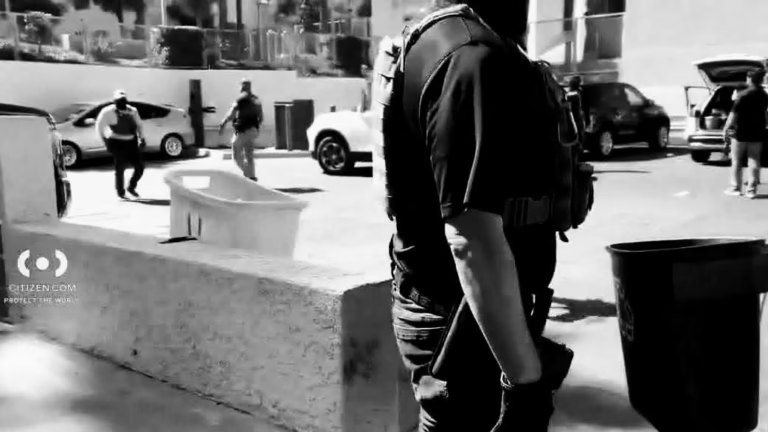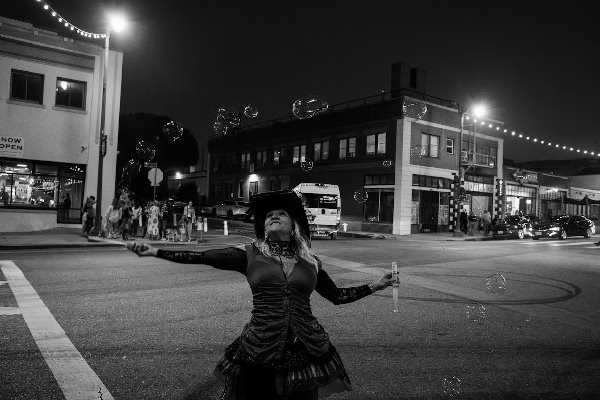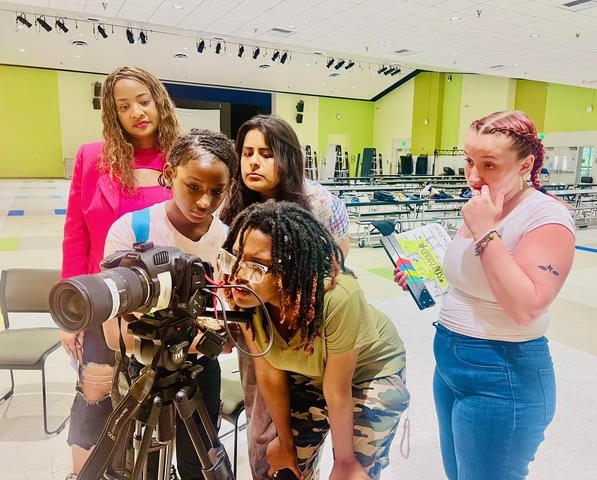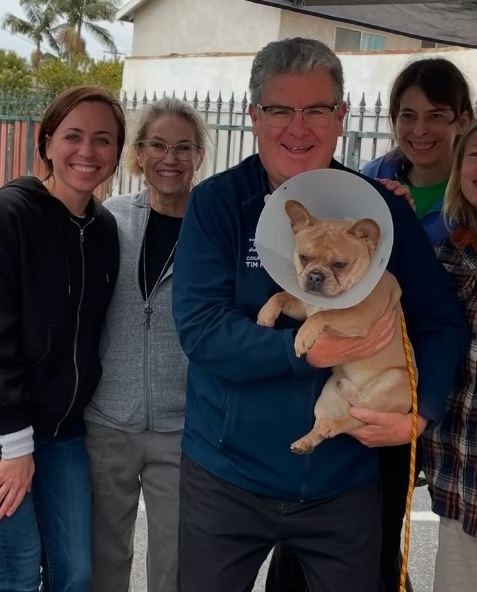Older downtowns throughout California were struggling before the COVID-19 pandemic; most have not recovered. It’s a huge loss in jobs, wages, and tax base for both cities and the state. This is also true in San Pedro and other parts of the greater Harbor Area.
Vacancy rates are up, small businesses are struggling to survive in general, and civic leaders are confused and will try almost anything to change this decline. Here in San Pedro, the San Pedro Property Owners Alliance has taken to promoting the “night market”, which, for all intents and purposes, is nothing more than a swap meet on the First Thursday, which historically was the art walk and restaurant promotion night. Many are shocked.
At the ArtWalk’s peak, the streets of downtown Pedro were crowded with more than 3,000 people, and it was a great party night. I used to call it “the pay the rent party” for most of the restaurants, but since the pandemic, this has changed.
What the SPPOA has done in a naive attempt to cure this with the night market is absolutely wrong because it destroys the intent of the art scene, and does nothing to actually support the arts in general. So why does this even matter?
Some 20 years ago, I realized what was perfectly obvious to myself and many others, which is that San Pedro has had a very long history of creative arts here. It is what you may call an “organic” arts culture. I wrote up the vision statement to create the San Pedro Arts and Culture District, which was endorsed, embraced, and then ratified by the LA City Council as an official district of Los Angeles.
About this same time, the San Pedro Chamber brought in the Urban Land Institute (a group of urban planners and notable architects) to study the downtown area and offer advice. One of their top three findings was that while other towns have to invent an arts district, we had a vibrant, organic one with hundreds of artists, musicians and craftsmen here. It was considered one of our “assets” along with some of the historic buildings that they recommended be preserved. When the original ACE district was formed under my leadership, the Community Redevelopment District promised and delivered $500,000 to support the arts.
Before the ink was dry on that deal, the leadership of the SPPOA came up to me and promised that they would fund the arts district with more money sooner than the CRA would. That promise never happened, still hasn’t happened, and in the end, the CRA money came through and benefited many artists and arts organizations — it was an investment in the vision. Today, the only vision the SPPOA has is built upon the vagaries of the tourist industry and the promise that the West Harbor is going to be a bigger destination than what Ports O’ Call Village was in the 1970s and 1980s.
In the meantime, San Pedro has attracted the eyes of the speculator development class, who buy up properties and “land bank” them, waiting for the values to rise based upon the great success of the West Harbor development. Many of these business properties lie vacant, dilapidated, or even demolished but never built, and are a blight on the community and its aspiration for economic development.
And what happens is that the “organic arts community” gets threatened with rising rents because of what? There are too many vacant storefronts, which won’t be rented at the rates the landlords are asking, and you’d think that the lack of demand would lower the prices of rent instead of raising them.
So, let’s bring in a cheap night market and only advertise it on social media and not tell anyone local what we are up to. There’s a quote in the Bible that goes, “where there is no vision the people perish,” and sadly, folks, the leadership here has no real vision for the downtown arts district other than as a bullet point on the propaganda to draw tenants to the new developments. I’m sorry to say it, but if you don’t invest in the things and people that you’ve got, you are going to destroy all of the creative things in pursuit of the golden calf on the waterfront.
In other waterfront towns, the leaders recognize and invest in the arts and culture.
“We’re bringing positive energy to downtown Oakland through cultural programming, vibrant public spaces, and thriving small businesses,” said Mayor Barbara Lee. What San Pedro has is authenticity, something other places try to invent, that have no history, that have no cultural context, things that we do.
And yet former LA City Councilman Joe Buscaino, without any historical context, designates one piece of the Downtown as Little Italy, ignoring the 20 or 30 other nationalities and saying that the 5,000 people in Pedro with Italian surnames are the largest collection in California. Now I eat pizza and linguine like anyone else, but I take a certain offense to one group commandeering a piece of my town that historically had more dive bars, whorehouses and gambling joints than any other port town on the West Coast. Designating it as Little Italy is completely ahistorical, and the redevelopment of Pepper Tree Plaza into Piazza Italia is completely absurd — stupid in a word.
It is far past time for the SPPOA, the San Pedro Chamber, and the LA City Council to fund the arts at a sustainable level and for the landlords to understand basic market principles of supply and demand — quit gaming the rents! And while the city seeks a means to fund the arts, perhaps a special tax on vacant properties would be an incentive.
Instead of commandeering First Thursday for a Gypsy Swap Meet just put it on anyone of the other days of the month and let the ArtWalk be the art walk. And then invest just two percent of your budget supporting the arts!



















